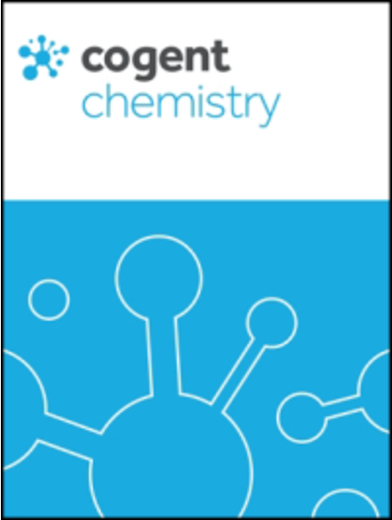Anti-inflammatory and anti-oxidant activities of ethanolic extracts of Tamarindus indica L. (Fabaceae)
引用次数: 19
Abstract
Abstract Various parts of Tamarindus indica L are used to treat inflammatory disorders. This study evaluated the anti-inflammatory and antioxidant activities of the ethanolic extracts of the root and stem bark of the plant. The carrageenan-induced paw edema model of inflammation in chicks was used to assess anti-inflammatory activity. The phosphomolybdenum (PM) assay, 2, 2—diphenyl—1—picrylhydrazyl (DPPH) radical and hydrogen peroxide scavenging assays were used to investigate antioxidant potential. Total phenolic content was evaluated by the Folin–Ciocalteu method. Both stem bark and root extracts possessed similar total phenolic content (11–13 g/100 g AAE) and had comparable total antioxidant capacities (about 27 g/100 g GAE). However, the stem bark extract was a better scavenger of both DPPH radicals and hydrogen peroxide, with lower IC50 values than the root extract. In the anti-inflammation test, both extracts exhibited dose-dependent reduction of edema, similar to the standard drugs used. The root extract, with ED50 of 118.1 ± 1.9 mg/kg, proved superior to the stem bark extract, whose ED50 was 154.5 ± 2.6 mg/kg. The results showed that both stem bark and root extracts possess potent anti-inflammatory and anti-oxidant activity and confirm their use in folkloric medicine.柽柳乙醇提取物的抗炎和抗氧化活性研究
摘要柽柳(Tamarindus indica L)的不同部位被用于治疗炎性疾病。本研究评价了该植物根和茎皮乙醇提取物的抗炎和抗氧化活性。采用角叉菜胶致炎症雏鸡足跖水肿模型评价其抗炎活性。采用磷钼(PM)测定、2,2 -二苯基- 1 -苦味酰肼(DPPH)自由基测定和过氧化氢清除测定来考察其抗氧化能力。用Folin-Ciocalteu法测定总酚含量。茎皮和根提取物具有相似的总酚含量(11-13 g/100 g AAE),具有相似的总抗氧化能力(约27 g/100 g GAE)。然而,茎皮提取物对DPPH自由基和过氧化氢的清除能力都较好,IC50值低于根提取物。在抗炎测试中,两种提取物都表现出剂量依赖性的水肿减轻,与使用的标准药物相似。根提取物的ED50为118.1±1.9 mg/kg,优于茎皮提取物的ED50为154.5±2.6 mg/kg。结果表明,其茎皮和根提取物均具有较强的抗炎和抗氧化活性,证实了其在民间医学中的应用。
本文章由计算机程序翻译,如有差异,请以英文原文为准。
求助全文
约1分钟内获得全文
求助全文

 求助内容:
求助内容: 应助结果提醒方式:
应助结果提醒方式:


